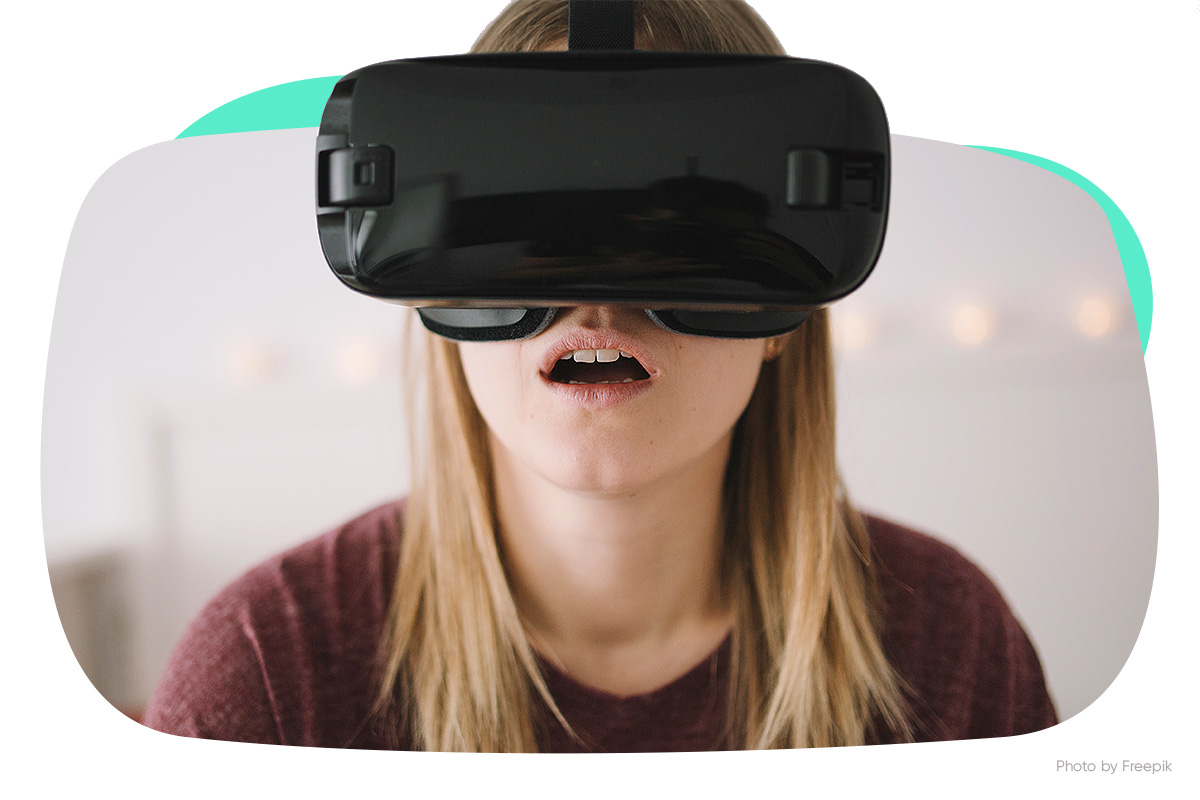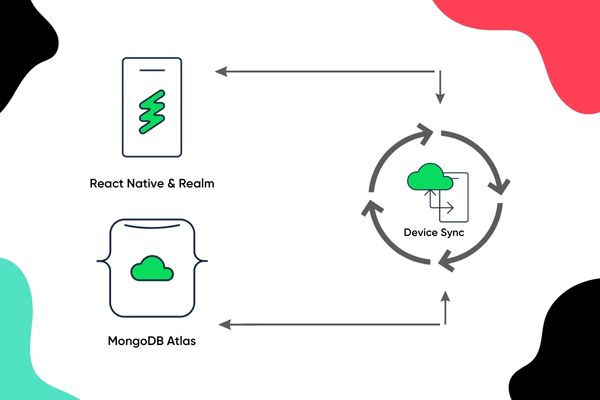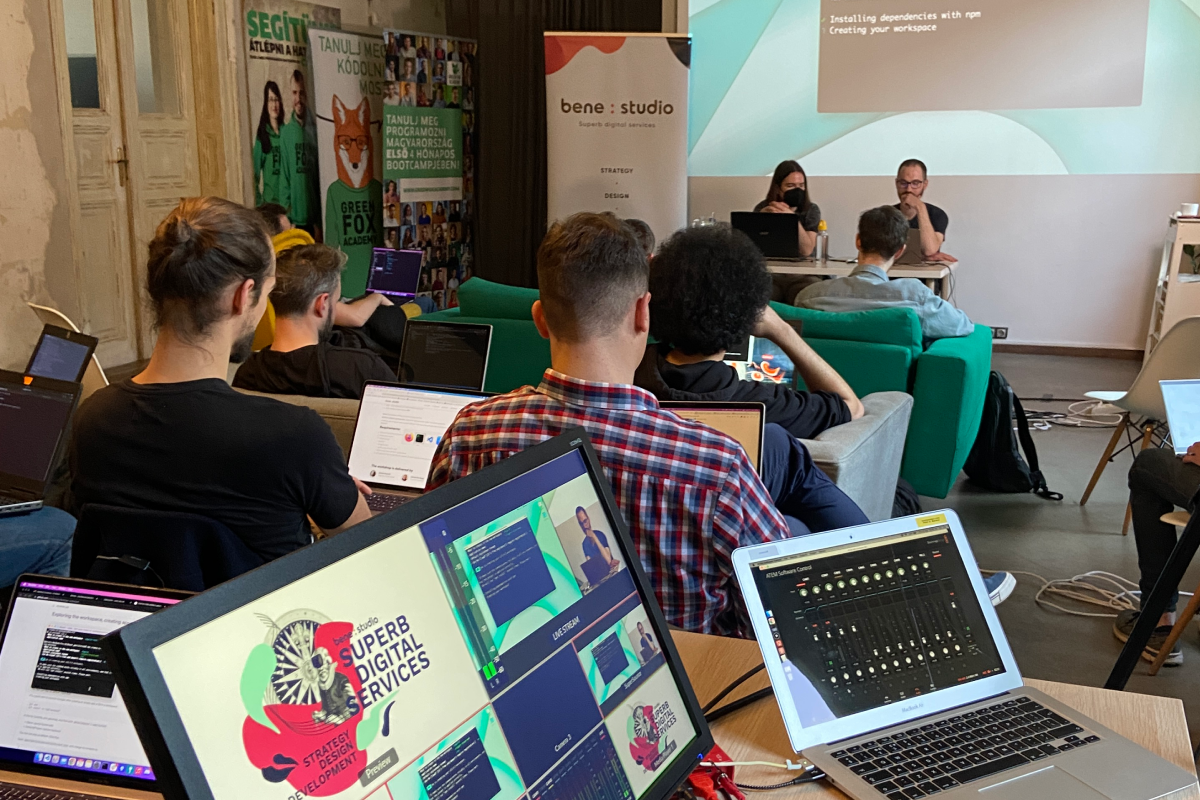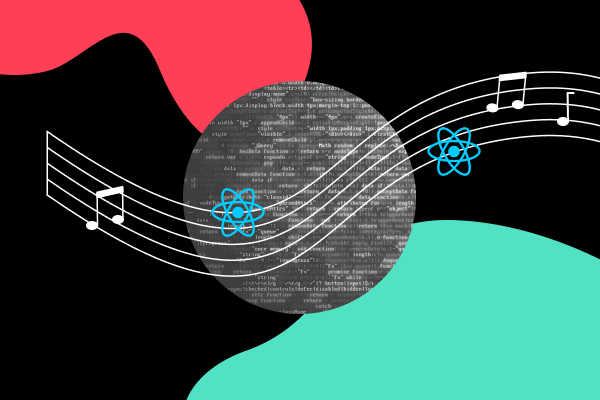AR and VR apps in healthcare: A glimpse into the future

About the technologies
First of all, what are AR and VR? AR is an abbreviation for Augmented Reality, while VR stands for Virtual Reality. AR creates a virtual atmosphere within our real-life environment, whereas VR generates an entirely virtual world within a digital environment. The potential of these technologies is similar, but the means of achieving this immersive experience differ.
In the IT sector, these technologies have a rich history, and today they are employed in a wide variety of applications. However, in the future, their scope is poised to expand even further. This is due to the fact that today’s technologies and platforms offer a wide range of new possibilities, thanks to the educated user generation – those who have grown up with these technologies – and advancements in artificial intelligence (we discussed AI in our earlier case study here).
A short summary of their history
- 1901: L. Frank Baum, an author, first mentions the idea of an electronic display/spectacles that overlays data onto real life. This is the birth of AR.
- 1968: The 1st head-mounted display system was invented by Ivan Sutherland (with the help of his students). This is the birth of VR.
- From 1970 to 1990: VR and AR concepts and testing within the medical-, flight-, automobile-, and military segments.
- 2010 – present: More and more use-cases and platforms thanks to the huge IT companies, like Meta, Microsoft, HTC, and Sony.
View their entire histories on Wikipedia: VR, AR
Industries using AR and VR
| AR and VR has the biggest impact on these industries… – Healthcare – Architects, engineering – Games, e-sport – Education – Design & Art | …and shaped & developed by these industrial sectors: – Tech industries: Popular/general marketplace – Clinical industries: the healthcare marketplace – Online-based services: Solution-focused use cases |
Some examples of the current use-cases:
What’s their impact on the market?
AI and AR currently play pivotal roles in specific segments, but they have far-reaching effects on the entire digital marketplace due to their user-friendly interfaces and the limitless potential they offer. Consequently, in the near future, we can expect a surge in the use of AR/VR-compatible platforms and applications in our daily lives.
Given this trajectory, it’s crucial to always bear these cases in mind and be prepared for them. The prevailing trend in application use cases will lean towards being more goal-oriented and less multifunctional. This shift arises from the need for users to have quicker responses, reduced time to focus, and a clear understanding of their objectives.
This aligns seamlessly with the evolution of AR/VR, as these apps are designed with a focused approach on core functionalities. Regardless of the perspective we adopt, the emphasis on goals is propelling these tools forward.
Are you interested in seamlessly integrating your product into this digital cycle? Feel free to reach out to us for assistance.
Opportunities and expectations
From a product perspective, AR and VR offer a wide range of possibilities, yet there are certain factors that require our attention. These factors encompass both technical aspects and human-centric considerations.
The main changes:
The main changes on the AR/VR oriented segments, image by bene : studio
These changes may occur in different phases. Throughout this transition illustrated above, we should be using a blend of conventional and future UIs. This allows users to spend time to become familiar with these new, unfamiliar systems.
We will definitely have more frameless devices in the future, completely disrupting the currently known user interfaces and user flows. This new era will start in a huge wave, so it’s great to spend time with learning and preparing for these changes.
In the meantime, we can already implement a hybrid solution, considering both user experience/interface and development perspectives. This approach will be in place until we attain full proficiency in utilizing these technologies productively and with specific objectives in mind. Leveraging these new, frameless technologies allows us to make the most of our current solution. This process not only provides valuable insights into the extensive use-cases of AR and VR, but also affords us the necessary time to prepare for the impending changes.
An example for the hybrid use-case: Apple VisionPro UI image by Apple.
Potential future usage
Looking ahead, what does the future hold? Perhaps a shift towards inputless usage, favoring gestures as the primary mode of interaction, ushering in a new era of borderless user interfaces. Consequently, UX processes will have even greater importance, with human behavior and gestures assuming pivotal roles.
Imagine controlling applications with just our eyes, or with subtle movements of our head and hands. In the realm of more experimental user experiences, even our thoughts might suffice.
In the healthcare sector, this presents a wealth of potential. When users have a free hand and can access app functions without constraints, they gain a significant advantage in executing tasks and view apps as indispensable tools for their daily activities. It introduces a newfound freedom in offline tasks and accessibility needs.
This transformation represents a tremendous opportunity, but it also implies substantial change. It requires time for users to adapt and for app owners to experiment with the most effective user behaviors and tools for their applications. This calls for a collective learning process.
This future vision doesn’t imply an immediate obsolescence of all current user interfaces. These innovations cater to new needs and scenarios. Alongside their existing domains, AR and VR will find expanded applications in new areas, where the underlying technology can provide invaluable solutions.
Conclusion
Every era undergoes a transformation. The knowledge we incorporate into our technologies drives their evolution. This progression is continuous, and in the digital realm, it’s marked by rapid, multi-threaded advancement.
AR/VR, much like AI, isn’t entirely new technology. It’s built on a foundation of historical technical knowledge and application. As these innovations gradually integrate into our daily lives, users become increasingly acquainted with them through regular use.
Once something becomes a routine part of our lives, it forms the basis for further use. The same principle applies to these technologies. As they become more commonplace, their influence extends to a broader spectrum of applications, impacting everyday use to a greater degree. This underscores the importance of monitoring the developments in VR and AR, as they have the potential to become integral tools in general IT usage.
If you’re seeking to gain insights or prepare your product for the upcoming changes, or if you’re in need of an effective construction solution, don’t hesitate to reach out to us.






